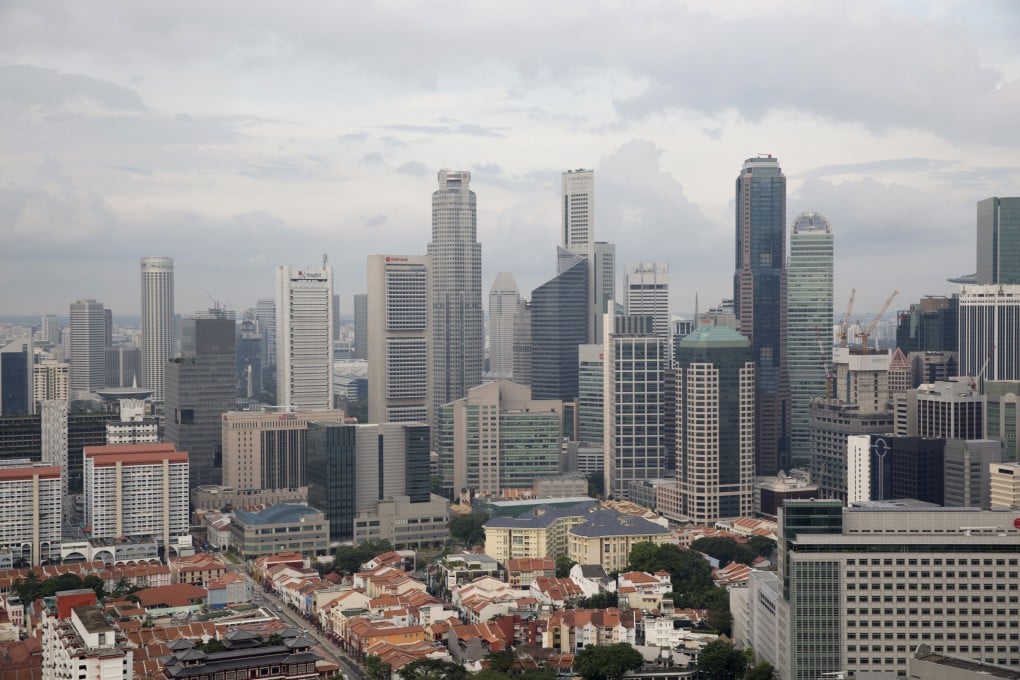Budget tale of how two cities address their problems
Faced with widening income disparities and fast ageing populations, the governments of Hong Kong and Singapore this week adopted two different approaches to solve the problems as they revealed their fiscal plans for the coming year.

Faced with widening income disparities and fast ageing populations, the governments of Hong Kong and Singapore this week adopted two different approaches to solve the problems as they revealed their fiscal plans for the coming year.
With a larger than expected surplus at its disposal, the Hong Kong government rolled out a sweetener-packed budget but has been criticised by some commentators for failing to tackle the problems with a long-term vision as demonstrated in Singapore's budget.
In an apparent attempt to appease post-Occupy Hongkongers, Financial Secretary John Tsang Chun-wah announced on Wednesday a slew of incentives that could benefit both the middle class and the lower income group. But critics said these measures - such as a salary tax rebate, child allowances and extra social welfare payments - are mostly one-off and the surplus could be better spent on improving economic and social infrastructures for the long term.
Singapore's approach, on the other hand, focuses more on investing for the future instead of putting money directly in people's pockets, critics said.
For example, under a scheme called SkillsFuture, Singaporeans aged 25 and above will receive an initial credit for SG$500 (HK$2874.06) from 2016 for education and training. The government will further top up the credit at regular intervals.
Apart from a tax rebate, middle-income earners in Singapore will be saving more for their retirement under a revised Central Provident Fund - an equivalent to Hong Kong's Monetary Provident Fund - starting next year.
"You can see that [the government is] both increasing social transfer and helping the low income group," said Chua Hak Bin, head of emerging Asian economies at Merrill Lynch Singapore.
